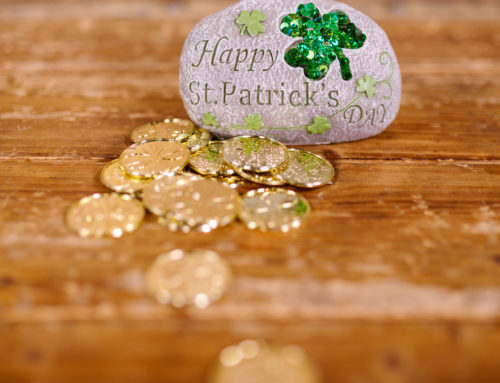The name Halloween was derived from Hallowe’en, a contraction for the term “All Hallows Eve.” All Hallows Evening, as it’s name implies, is the eve before All-hallows or All-hallowmas, taken from the Middle English Alholomesse which means All Saint’s Day. Many scholars believe All Hallow’s Eve is greatly influenced by the ancient Celtic festival of Samhain. The Celts celebrated their new year on November 1st, which marked the end of the harvest and the beginning of the cold winter. According to an article on history.com, “Celts believed that on the night before the new year, the boundary between the worlds of the living and the dead became blurred. On the night of October 31st they celebrated Samhain, when it was believed that the ghosts of the dead returned to earth. In addition to causing trouble and damaging crops, Celts thought that the presence of the otherworldly spirits made it easier for the Druids, or Celtic priests, to make predictions about the future.”
Trick or Treating has roots in several origins. During the Celtic festival of Samhain, people would disguise themselves in costumes made of animal skins to scar off ghosts of the dead. In later centuries, the custom of mumming came into practice, where people would dress not in animal skins, but as ghosts and malevolent creatures, “performing antics in exchange for food and drink.” In Medieval times, poor people would visit wealthier homes to receive soul cakes in exchange for prayers for the homeowners deceased relatives. This practice was known as souling. Another possible predecessor is Guy Fawkes Night, which was “a British custom for children to wear masks and carry effigies while begging for pennies, to commemorate the foiling of the so-called Gunpowder Plot in 1605.”
The practice of carving pumpkins originated from an Irish myth about a man called Stingy Jack. According to the story, Stingy Jack once trapped the Devil in a coin and released him under the condition that he would not bother Jack for one year and that, should Jack die, he would not claim his soul. One year later, the Devil returned, but again Jack tricked him and trapped the Devil in a tree until the Devil promised not to bother him for another ten years. Soon after, Jack died, but due to his deal with the Devil was unable to pass on into either heaven or hell. The Devil sent Jack off into the dark night with only a burning coal to light his way. Jack put the coal into a carved-out turnip and has been roaming the Earth with ever since. The Irish began to refer to this ghostly figure as “Jack of the Lantern,” and then, simply “Jack O’Lantern.” In Ireland and Scotland, people carved scary faces into turnips or potatoes to frighten away wandering evil spirits. When the tradition came to America, they discovered that pumpkins, a fruit native to America, make perfect Jack o’lanterns.
Around the world, other similar holidays to Halloween are celebrated near the same time. October 31st through November 2nd, Mexico, Latin America and Spain celebrate Dia de los Muertos, or Day of the Dead, by constructing altars to honor deceased relatives. Guy Fawkes Day in England is celebrated on November 5th with bonfires in celebration of notorious English traitor, Guy Fawkes, who was executed after being convicted of trying to blow up England’s Parliament Building. In Ireland, where Halloween originated, it is still celebrated much like it is here in the US. They play games including snap-apple, bobbing for apples, treasure hunts, and a special card game with candy or coins.
To learn more about the history of Halloween or the origins of your favorite traditions, visit www.history.com.
Have a fun and safe Halloween from Silver City Radio!





